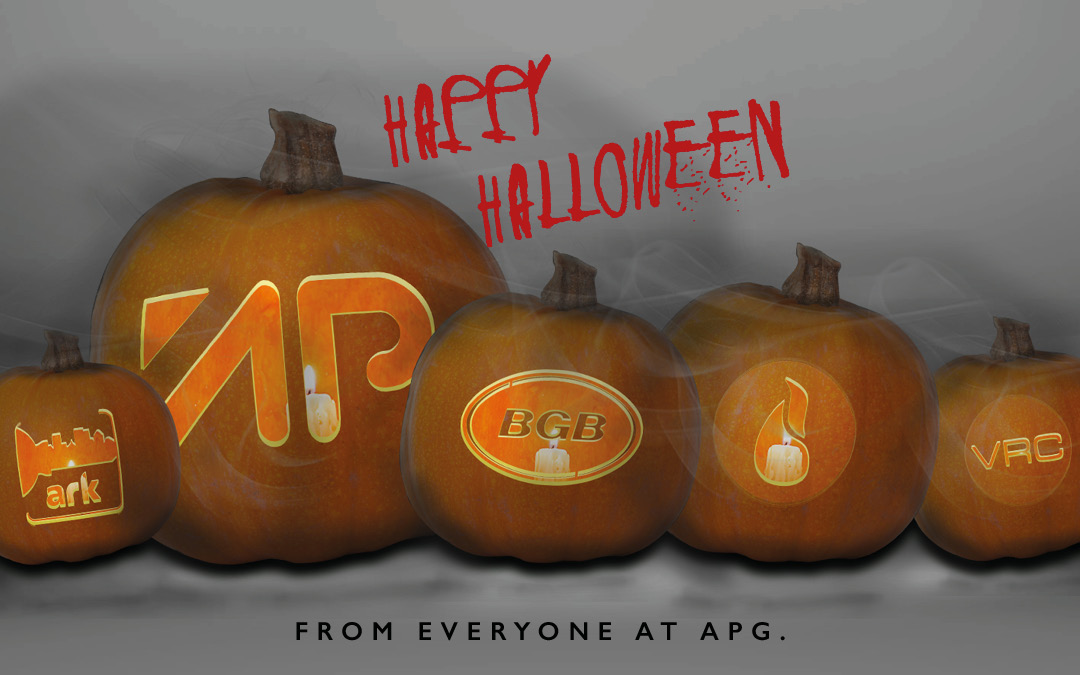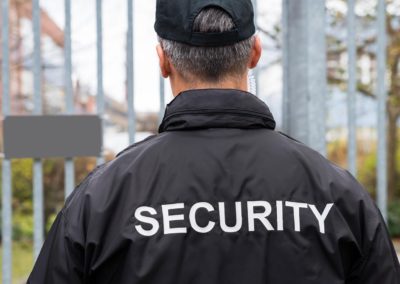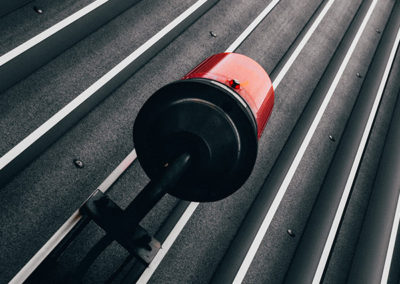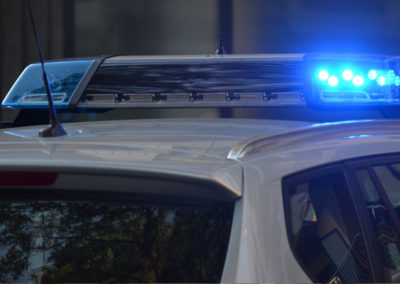Have Fun this Spooky Season, Using these Safety Hints
Half of UK residents spend money on Halloween, cumulatively £320 million annually, £25 million of which dedicated to pumpkins alone. The increasing popularity of Halloween has meant increased demand for the Emergency Services with 2,000 999 calls to the West Yorkshire Police on 31st October last year.
We’ve compiled the key information you need to be aware of while celebrating this spooky season to have fun and reduce the burden on the Emergency Services.
999 calls to West Yorkshire Police (on 31st)

(£) Spent on Halloween

(£) Spent on pumpkins
Halloween Costumes
Halloween costumes and fancy dress outfits for children are classified as toys which means the undergo less rigorous testing than normal clothing and can pose a serious fire risk.
Any costumes purchased should be from a reputable retailer, counterfeit and imported costumes may not meet UK safety standards and even have fake safety labelling. Legitimate costumes will be CE marked and have relevant fire warnings. The middle line of the E on the genuine CE marking is always shorter.
Costume packaging should also contain flammability warnings, safety symbols, user instruction and have the manufacturer, address, postcode, phone number and registered trademark.
When wearing costumes, stay away from sparklers, tea lights, lanterns and candles. Costumes certified to more rigorous fire testing can still set alight, wearing clothes underneath the costume adds an extra protective layer.
If making your own costume, choose a material that won’t easily ignite, natural fibres typically don’t melt. Avoid too much glitter, netting, billowing or trailing features, plastic capes or bin liners all of which are extremely flammable.
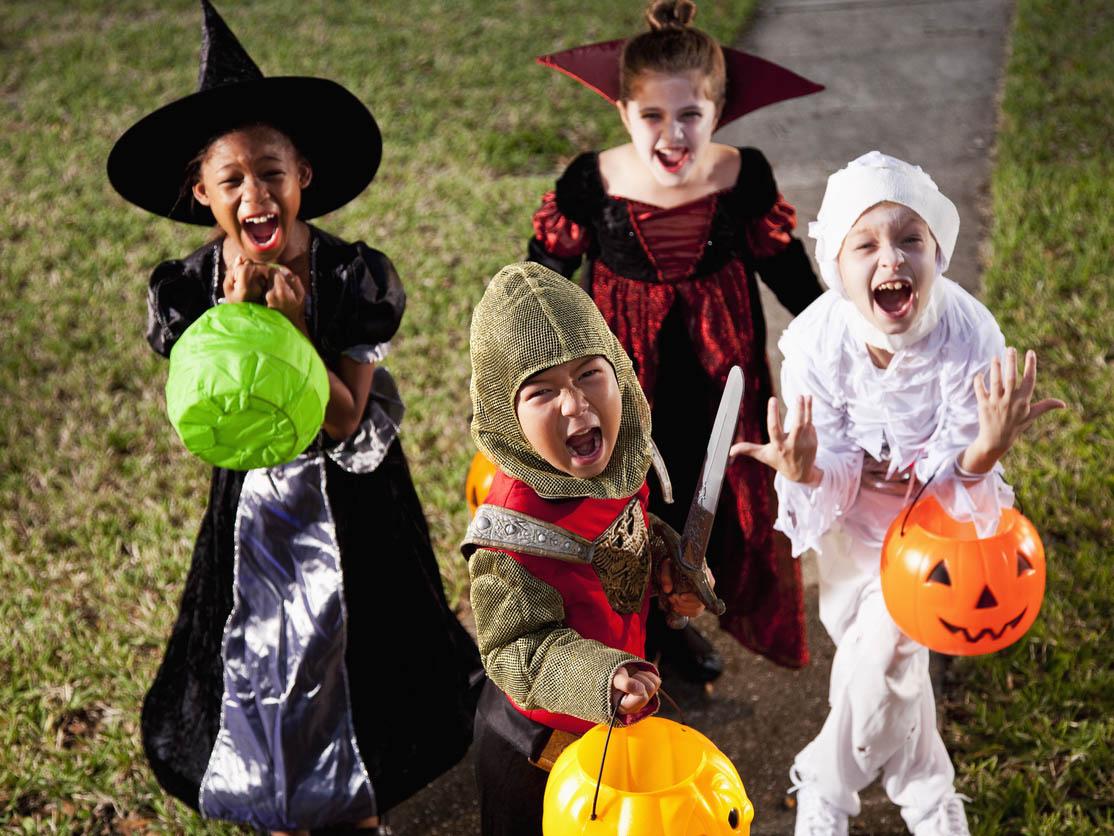
If Clothing Catches Fire: Stop, Drop and Roll
Stop: Stay where you are, don’t run around it’ll make the flames worse.
Drop: Lie down on the ground immediately, lay flat with your legs out straight, cover your eyes and mouth with your hands.
Roll: Use a heavy fabric or fire blanket to smother flames, without those rolling on the ground will still help.
If you see someone’s clothing catch fire, get help straight away.
Click here for the complete British Burn Association First Aid Position Statement on dealing with burns.
What is the Law on Halloween Costumes?
The General Product Safety Regulations 2005 and Toys (Safety) Regulations 2011 means manufacturers must do a safety assessment on costumes including flammability.
In the UK all costumes for aged 14 or under must meet the standards BS EN 71-1, 71-2, 71-3.
BS EN 71-1 concerns mechanical and physical toy properties, reducing unobvious hazards where possible, inherent hazards like sharp needles in sewing kits are excluded.
EN 71-2 tests prohibited flammable materials in toys and toys flammability when exposed to a source of ignition including any disguise costumes or toys intended to be worn like false beards.
EN 71-3 minimises children’s exposure to certain potentially toxic elements when playing with toys.
Manufacturers can voluntarily test children’s costumes to Nightwear (Safety) Regulations 1985, testing nightwear’s flammability to BS 5722.
The British Retail Consortium (BRC) have introduced two voluntary Codes of Practice to enhance the safety of children’s costumes:
- Flammability Labelling of Children’s Dress-up.
- Method of Testing for the Flammability Safety of children’s Dress-up.
Costumes conforming to the BRC’s standards will have a burn rate of 10mm per minute, 300% slower than the current 30mm per minute. These costumes will have “this garment has undergone additional safety testing for flammability” printed on it.
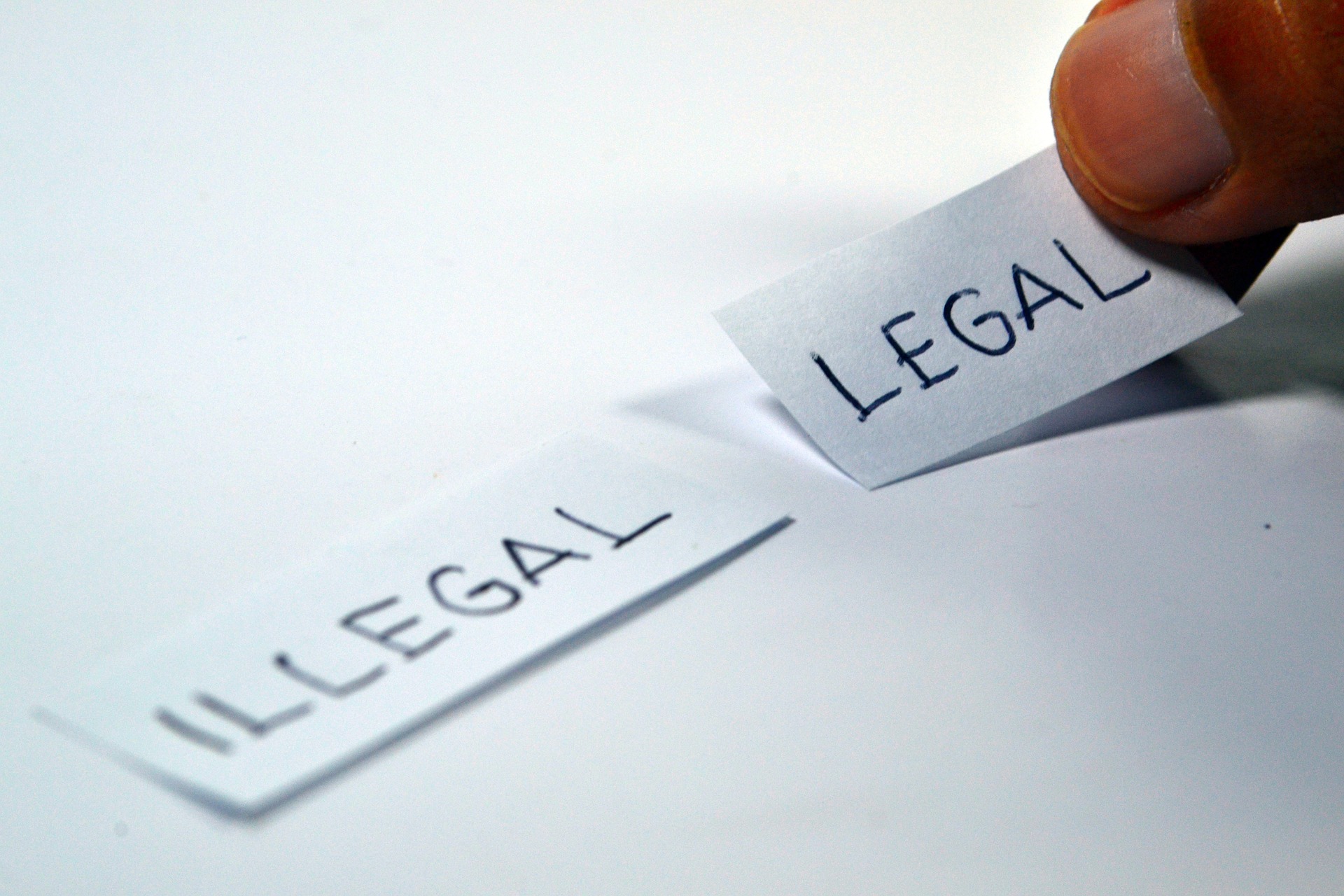
Decorating for Halloween
If you want trick or treaters, let them know with a pumpkin or other house decoration but always keep fire safety in mind:
- Don’t overload electrical sockets with lighting or special effects. Any electrical decoration should be switched off at the mains when not in use.
- Keep lanterns and candles away from curtains, decorations, flammable materials and areas where people will be.
- If you are lighting a candle inside a pumpkin, use long fireplace-style matches and don’t let young children do it. Don’t carry pumpkins with lit candles inside.
- All candles should be extinguished when you leave the house or go to bed, never leave them unattended.
- Supervise children and pets around lit candles. Loose clothing and hair should be kept away from flames.
- Use kitemarked LED lights or torches as a safer alternative.

Trick or Treating
Plan your Trick or Treat Route
Before going trick or treating map out your route, choose residential areas that are safe and well lit, keep to pavements and find the safest place to cross the road. If it’s a large group of children, have more than one adult and don’t let anyone go solo.
Set off Early
It will be dark by 5 pm, so don’t leave it too late to trick or treat and plan how long you’ll be out for. It doesn’t have to be for long, stick to your route, visit a few well-chosen houses, get the treats and go home.
Be Safe and Seen in the Dark
Reflective accessories on bikes and outfits will help to stand out in the dark, add glow in the dark and fluorescent elements to a costume and make it fun!
Only Knock on Doors with Halloween Decorations
If you go trick or treating, only knock on doors with decorations. If you’ve been trick or treating in your area for a few years you’ll be a seasoned pro at which houses, and which streets are more likely to be in the Halloween spirit.
Consider the Elderly
Some old people and other members of the community may not want to be disturbed on Halloween, if they have no decorations up don’t go to their house. Also be mindful how much noise you’re making while out trick or treating and don’t persistently ring someone’s doorbell, knock on their door or return to a house if they don’t answer the first time, it’s best just to move on.
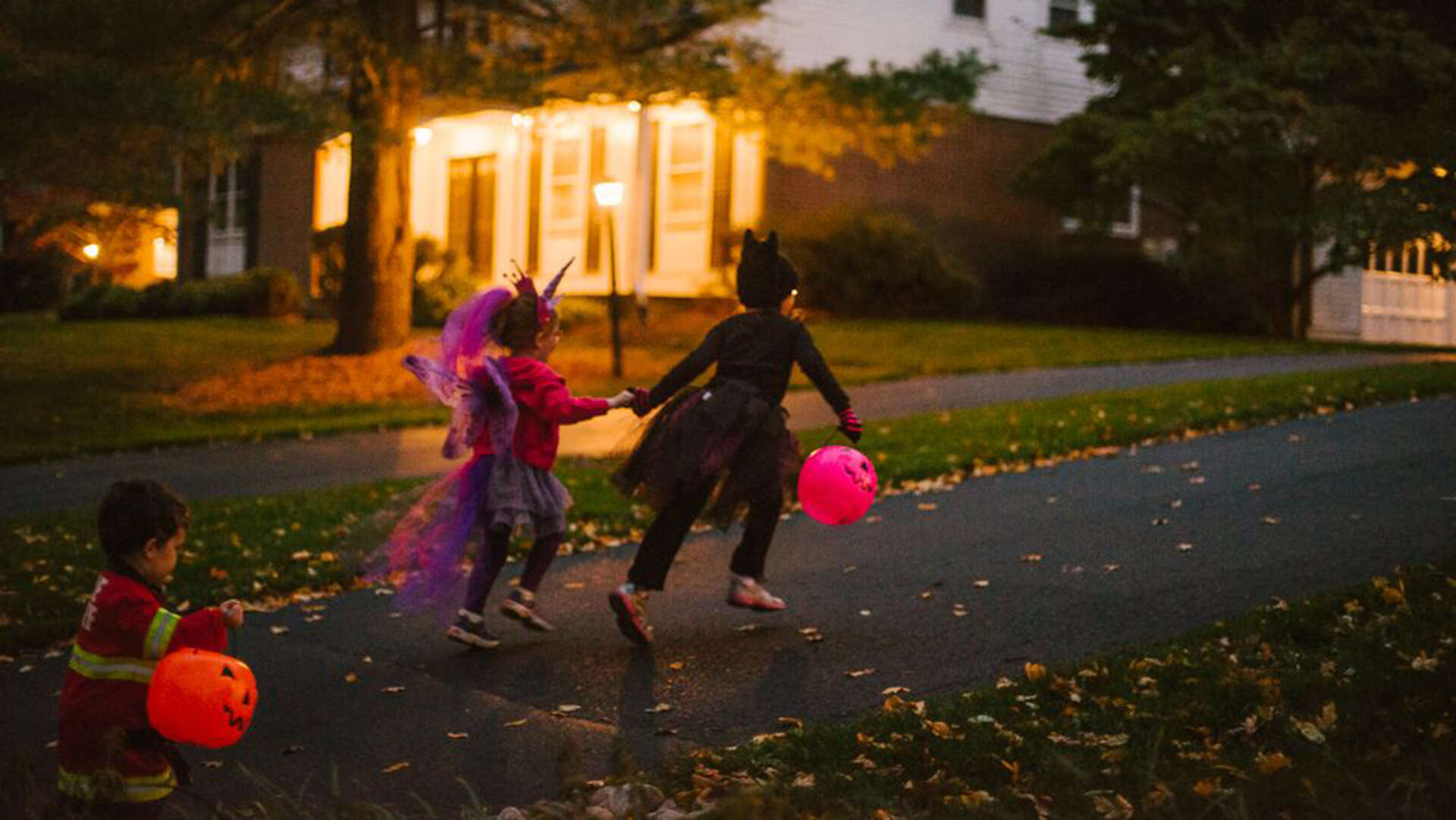
Don’t get Scared about your Home Safety this Halloween
If you don’t want visitors on Halloween, the emergency services nationwide have ‘No Trick or Treaters’ posters ready to download that you can display clearly in your window or door.
Be aware, while Halloween is fun for the community, it can be used by criminals as a good cover to get into homes and commit theft.
- Lock your front door, even when you’re at home.
- Fit a draft excluder or cage to your letterbox to keep it secure.
- Always check who is at the door before opening it, use a door chain or peephole. Make sure your locks are anti-snapping and proofed against drilling, picking, cutting and forcing.
- Keep windows locked and the keys in a secure place.
- Don’t leave spare keys outside.
- Consider smart security.
- Alarm and CCTV monitoring.
- Join your local Neighbourhood Watch
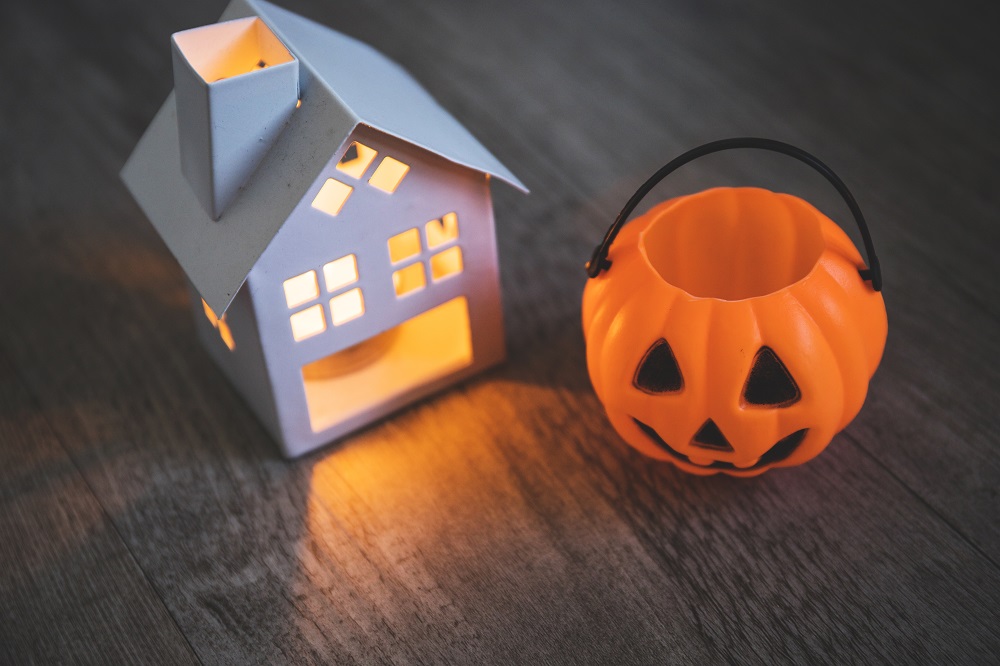
Contact the Professionals
If you’re going to be out the house on Halloween and concerned about the risk of burglary or criminal damage, ARK’s alarm response and keyholding services are suitable for any residential home nationwide. If your alarm goes off while trick or treaters are making their way around, an experienced Security Response Officer will be out to your property and carry out a full inspection. It’s also a highly effective deterrent to any criminals using a costume to fit into the Halloween crowd, knowing your property is supervised even when empty.
Read our National Home Security Month articles for more detail on improving home security.
About APG
The Asset Protection Group comprises a group of Fire & Security companies with shared ownership and one common goal, protecting your most important assets. As a collective group, we look to offer protection to your assets to assist you with your ongoing success within your own business.

